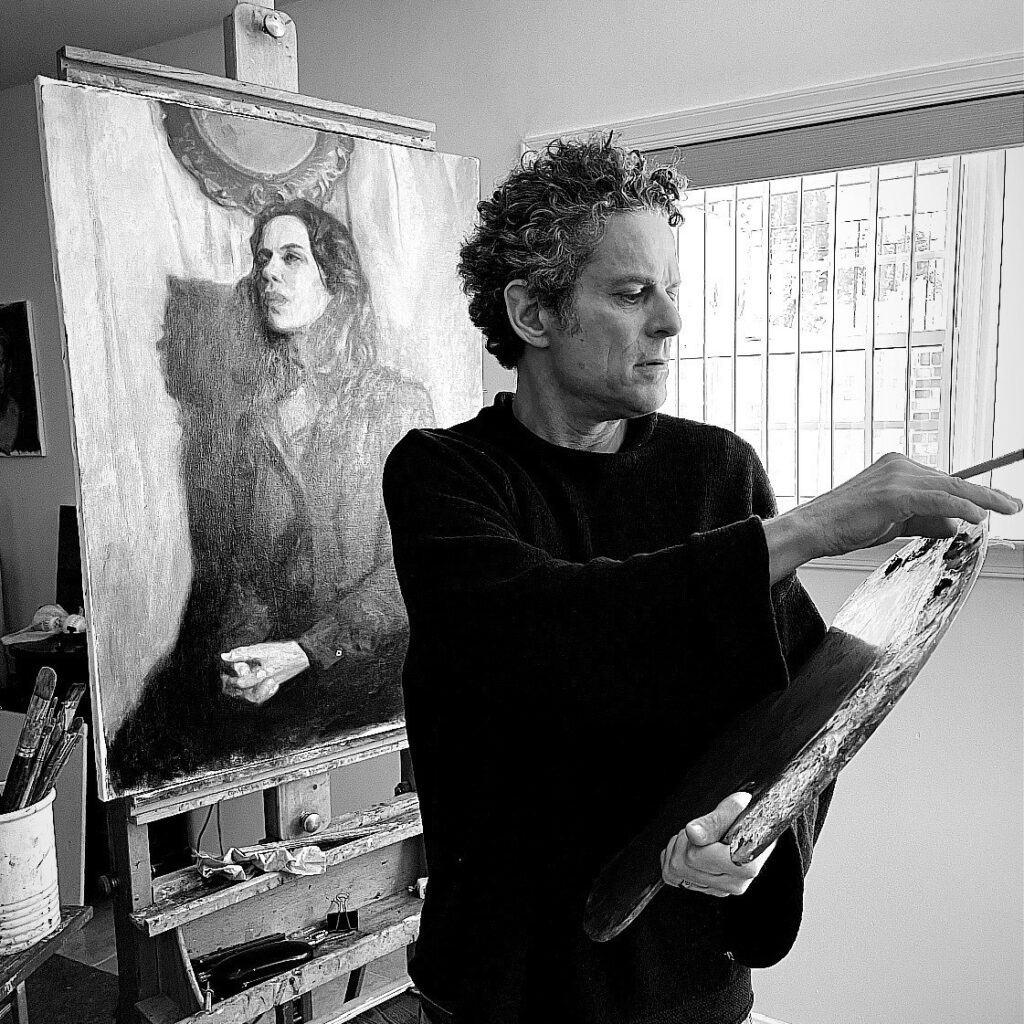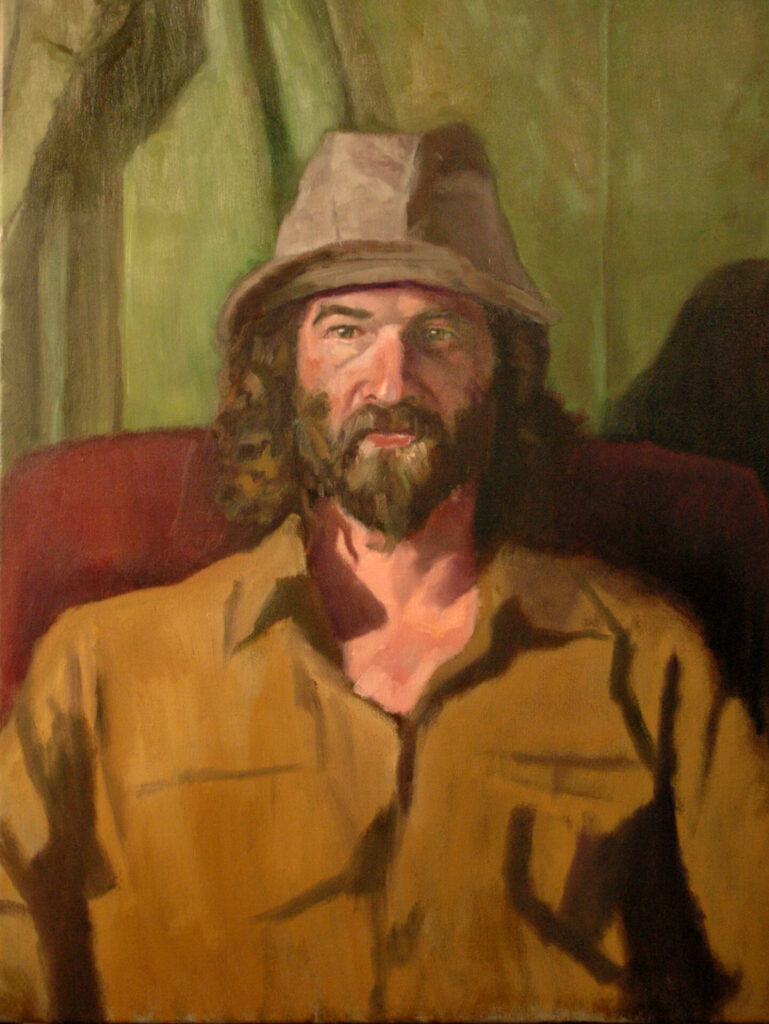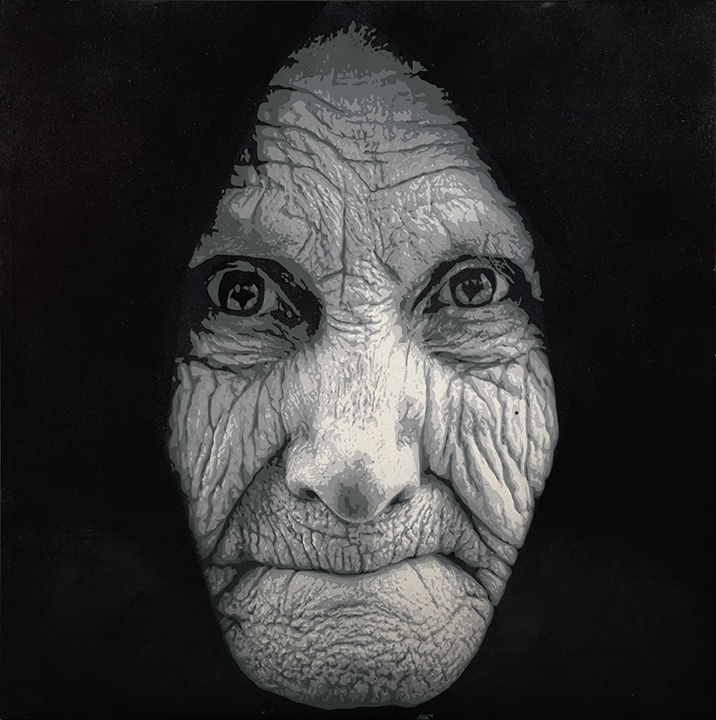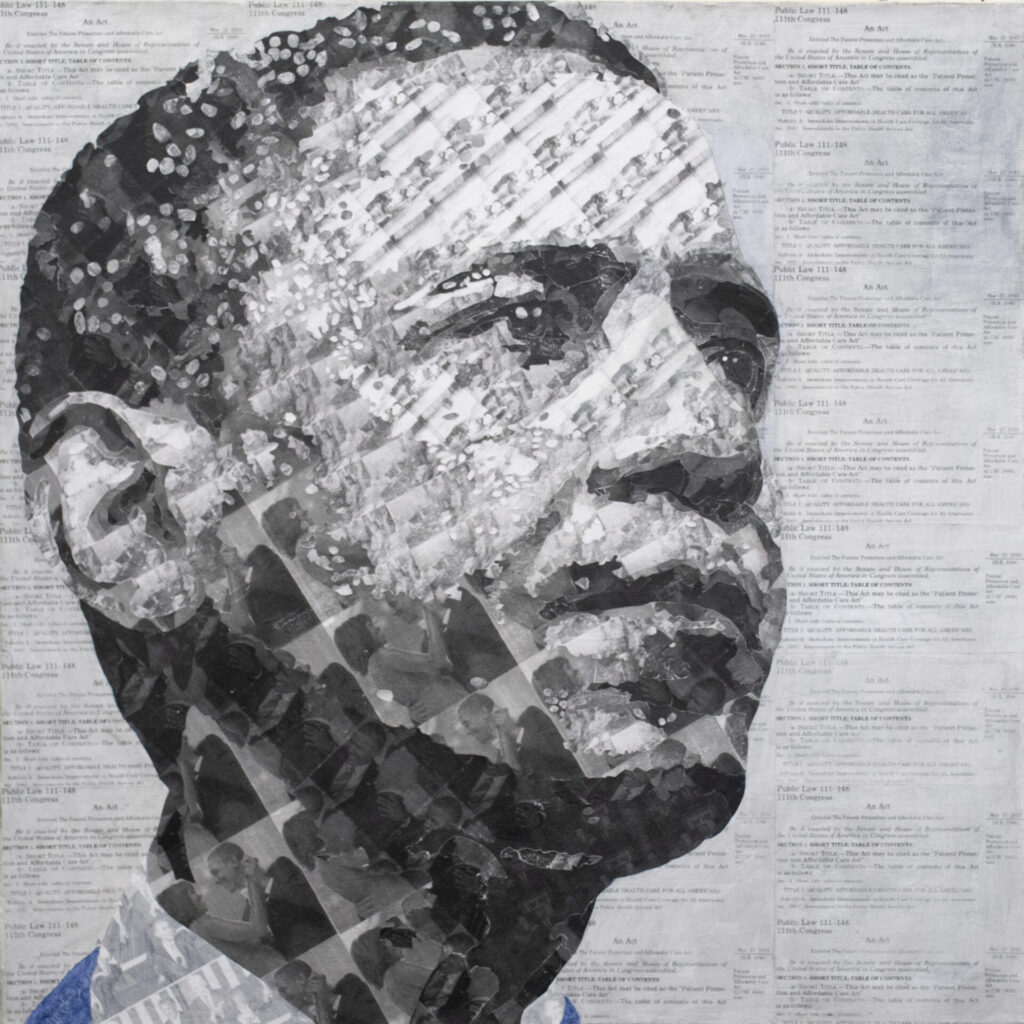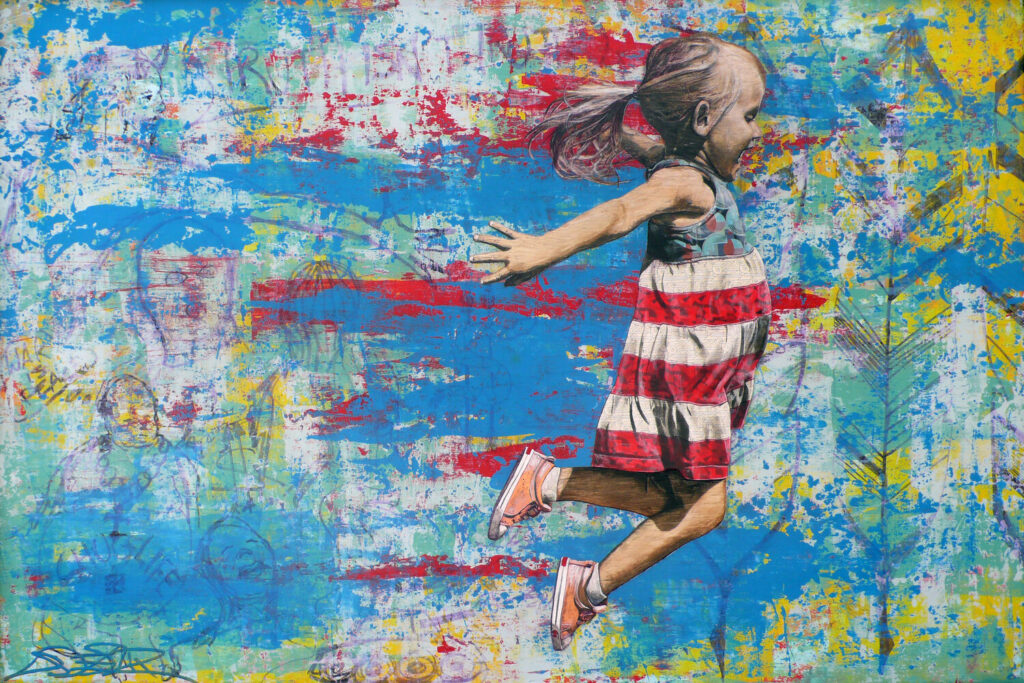How to Commission a Portrait
Commissioning a portrait is a unique, special way to preserve the legacy and remember an individual, whether family, notable figure, or work colleague.
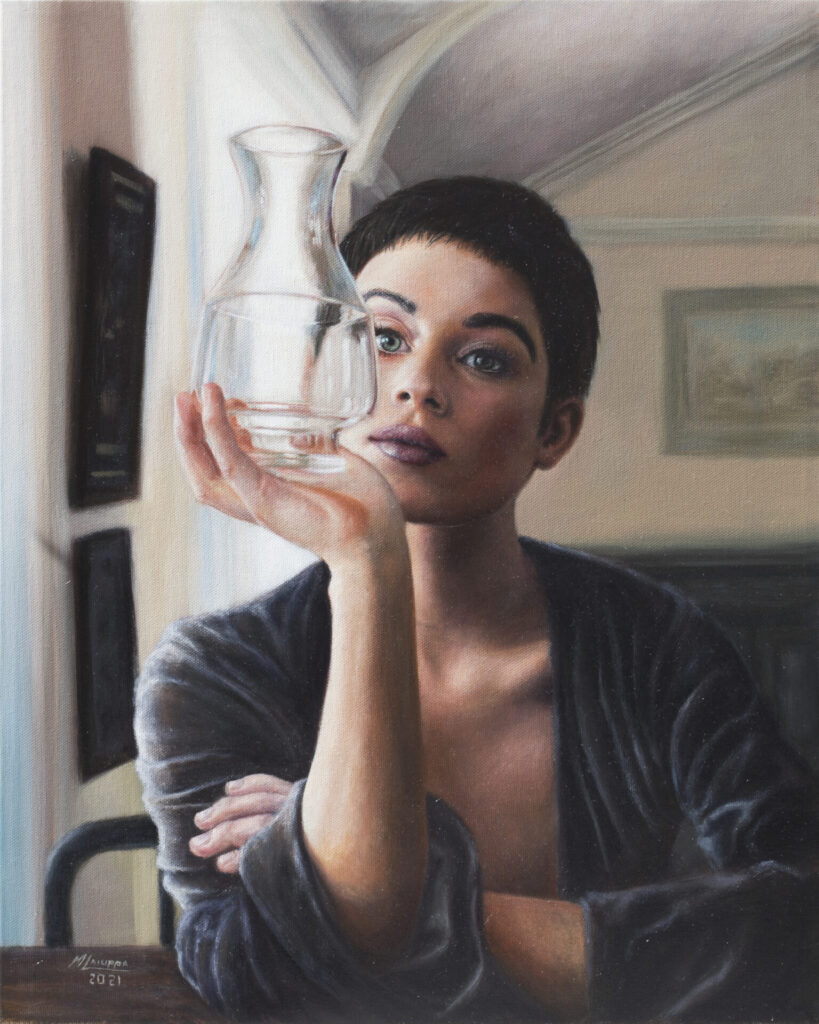
There is an intimacy involved in commissioning a portrait. Whether in memoriam or in celebration, someone you know or someone you admire, the portrait is a beautifully sentimental, visual recording of the lines, the colors, and the character that makes each of us singularly ourselves.
According to ThoughtCo., “A painted portrait today is often seen as a luxury, even more than it was in previous centuries. They tend to be painted for special occasions, important people, or simply as artwork. Due to the cost involved, many people choose to go with photography instead of hiring a painter.”
However, commissioning a portrait is no longer reserved exclusively as an honor for the aristocracy. Given the availability of such talented fine artists across a variety of styles, the ability of portraiture has become much more accessible. However, some key points of how to commission a portrait must be kept in mind to have both an elegant experience and, as a result, an exceptional piece of art.
Purpose and Vision
Before commissioning a portrait painting, it’s crucial to determine the purpose and vision behind the artwork. Are you looking for a formal portrait, a casual depiction, or a more artistic interpretation?
Consider the setting in which the portrait will be displayed, the emotions you want to convey, and the story you want to tell through the painting. Clearly defining your vision will help you communicate your expectations to the artist and ensure that the final artwork aligns with your intentions.
Take the below figurative portraits by Cabell Molina and Rodger Schultz. In using their own signature styles in the portraits, both Cabell and Rodger are able to add non-realistic elements to enhance the aesthetic of the pieces. These differ starkly from the piece above, a more realistic portrait as created by Mike Lauippa.
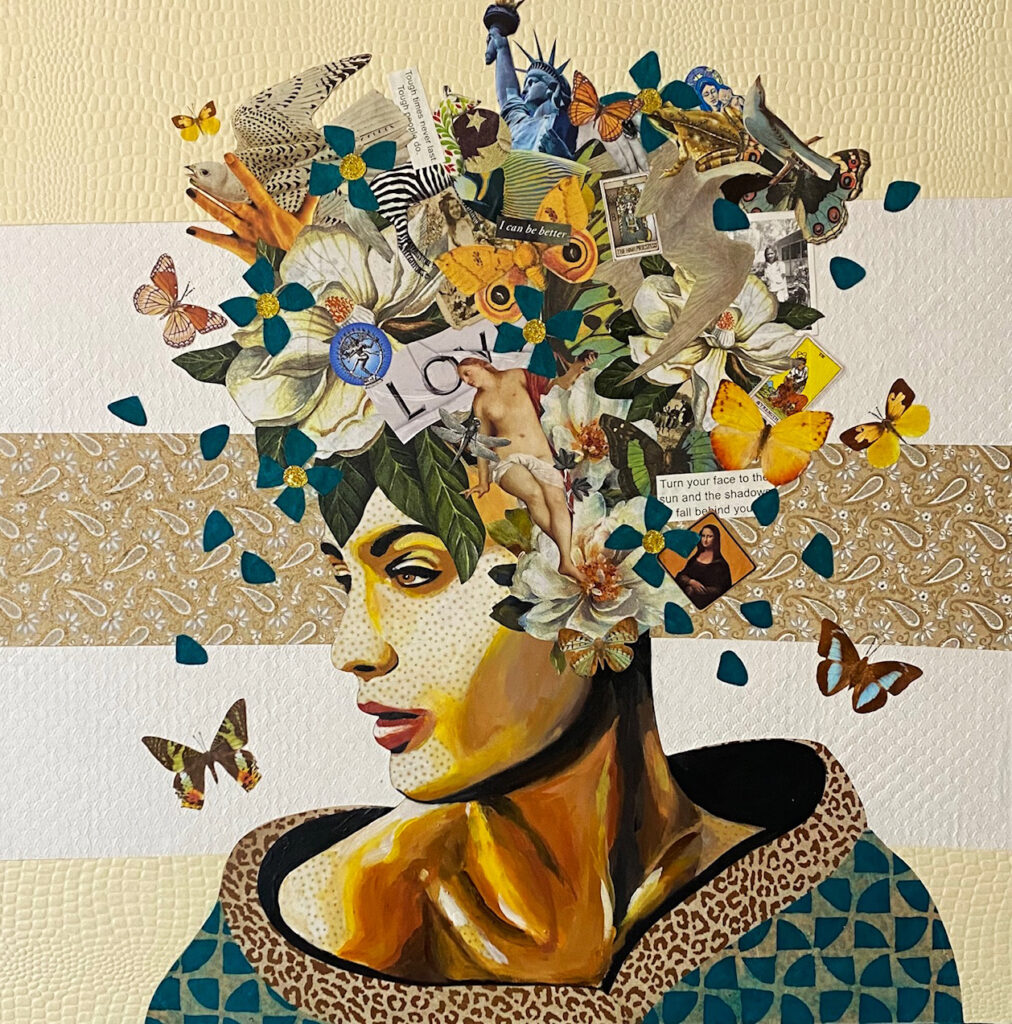
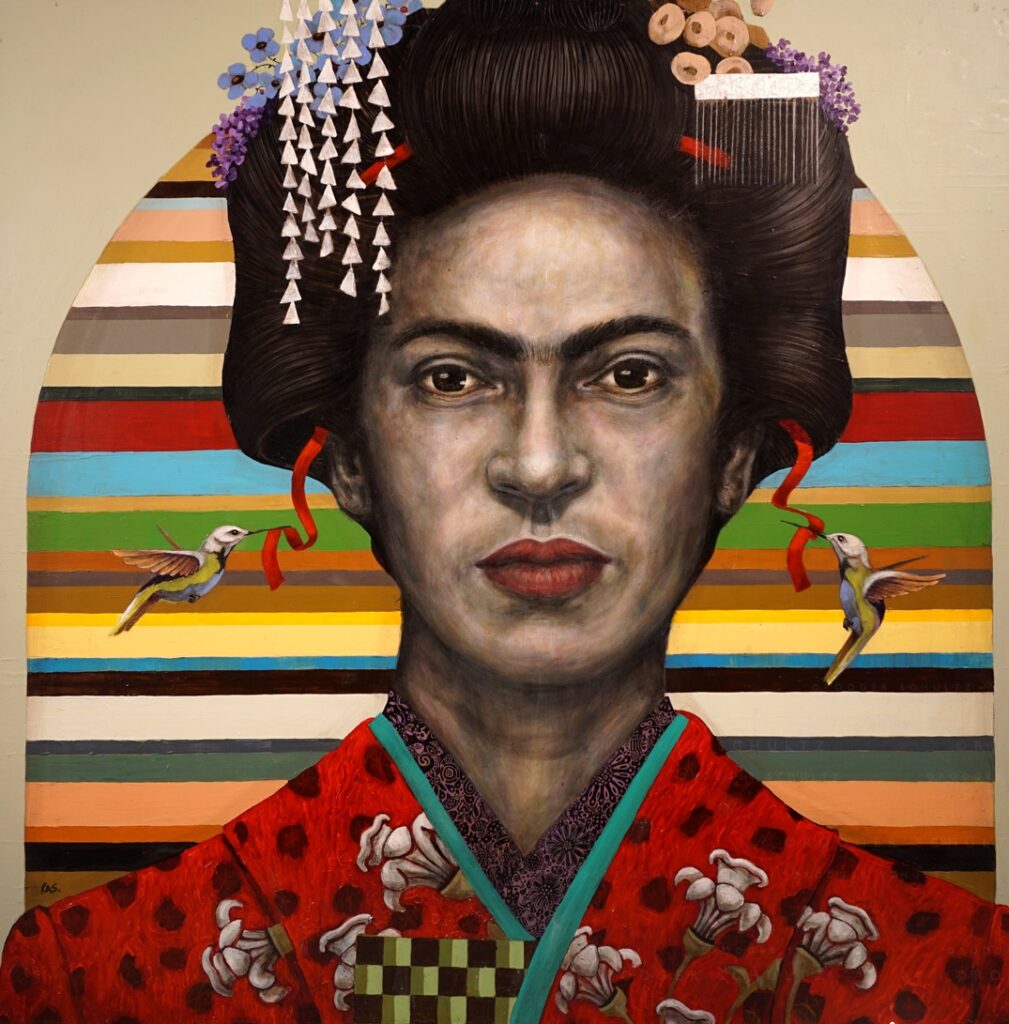
Artist Selection
Choosing the right artist for your portrait painting is a critical decision. Research and explore different artists’ styles, techniques, and portfolios to find someone whose work resonates with you (at Teal Canvas, our art advisor will work with you to explore different styles and price points).
Look for an artist who specializes in the type of portrait you desire, whether it’s realistic, impressionistic, or abstract. Take the time to review their previous commissions or original pieces. Additionally, consider the artist’s reputation, experience, and their ability to understand and translate your vision into a captivating artwork.
In the commissioning experience, the relationship built through the process is vital to a successful final piece. Gavin Glakas, a nationally recognized portrait artist whose work can be seen in numerous museums, universities, and government buildings, takes great pride in getting to know his buyers, their lives, their experiences. In combination with his immense talent, this can only enhance the portrait once brush meets canvas.
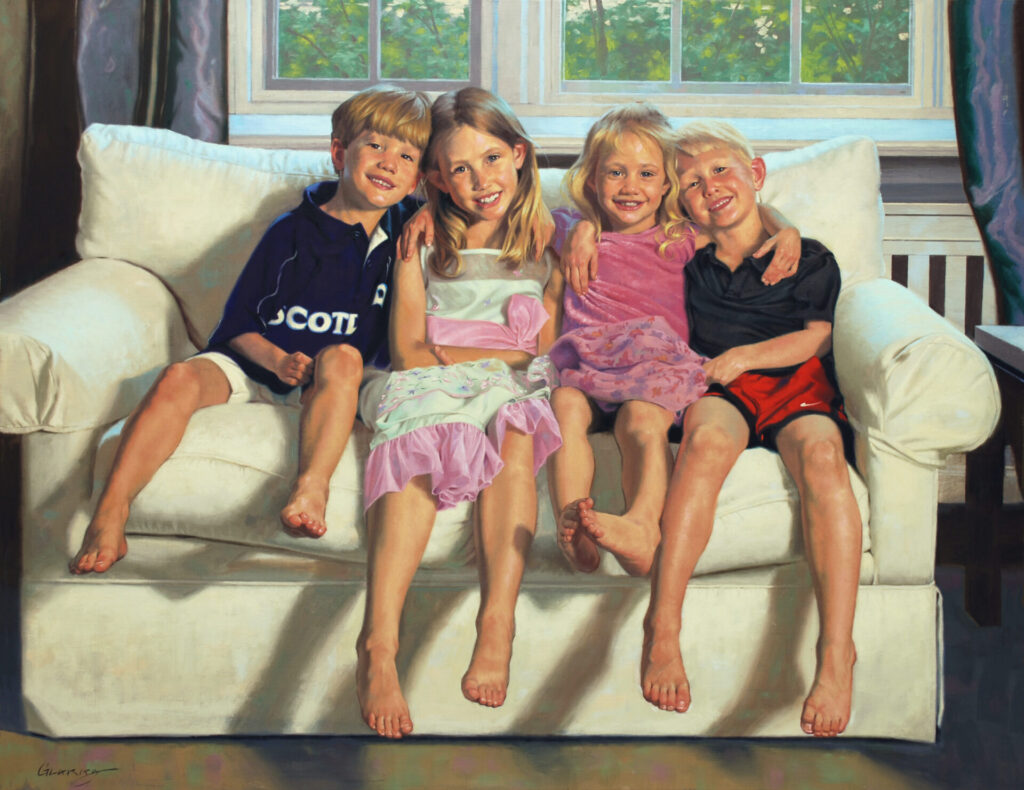
Communication and Collaboration
Effective communication and collaboration between you and the artist are essential for a successful portrait commission. Clearly articulate your expectations, preferences, and any specific details or features you want to be highlighted. Share reference photos, discuss the composition, and provide additional information that will help the artist commission portrait from photos and capture the subject’s essence. Regular updates and open dialogue throughout the process will ensure that both parties are on the same page and enable adjustments if necessary.
Budget and Timeframe
Establishing a budget and timeframe for your portrait painting is crucial. High-quality custom artwork requires skill, time, and effort, which can vary depending on the complexity and size of the painting. Discuss pricing, including any additional costs such as framing or shipping. Keep in mind that experienced and renowned artists may have higher fees, but their expertise can result in a truly exceptional piece. Agree on a realistic timeline that allows the artist to deliver their best work without rushing the process.
Fine artist Arielle Krasner uses stencils and spray paint exclusively in the instance below. This painstaking process creates a photorealistic piece. However, the timetable may be a bit longer accordingly.
Materials and Medium
The choice of materials and medium can significantly impact the look and longevity of your portrait painting. Traditional oil paintings are renowned for their richness and depth, but other mediums, such as acrylics, watercolors, or even digital art, can offer unique and contemporary interpretations. Discuss with the artist the pros and cons of different materials, their durability, and the effect they will have on the overall aesthetic of the artwork.
For instance, in his portrait work, fine artist Geoffrey Stein uses collages and painting to create his well-recognized pieces.
Final Thoughts on How to Commission a Portrait
As Saatchi eloquently states, “Portrait paintings, when skillfully executed, have the amazing ability to convey not only the exterior likenesses of the sitters but their interior qualities as well.”
Commissioning a portrait painting is a rewarding experience that allows you to capture the essence of a person or a moment in a unique and artistic way. You can ensure a successful and satisfying collaboration by considering the purpose and vision, selecting the right artist, maintaining effective communication, establishing a budget and timeframe, and choosing the appropriate medium. Remember, the journey of commissioning a portrait painting is as important as the final masterpiece, so enjoy the process and treasure the results for years.

